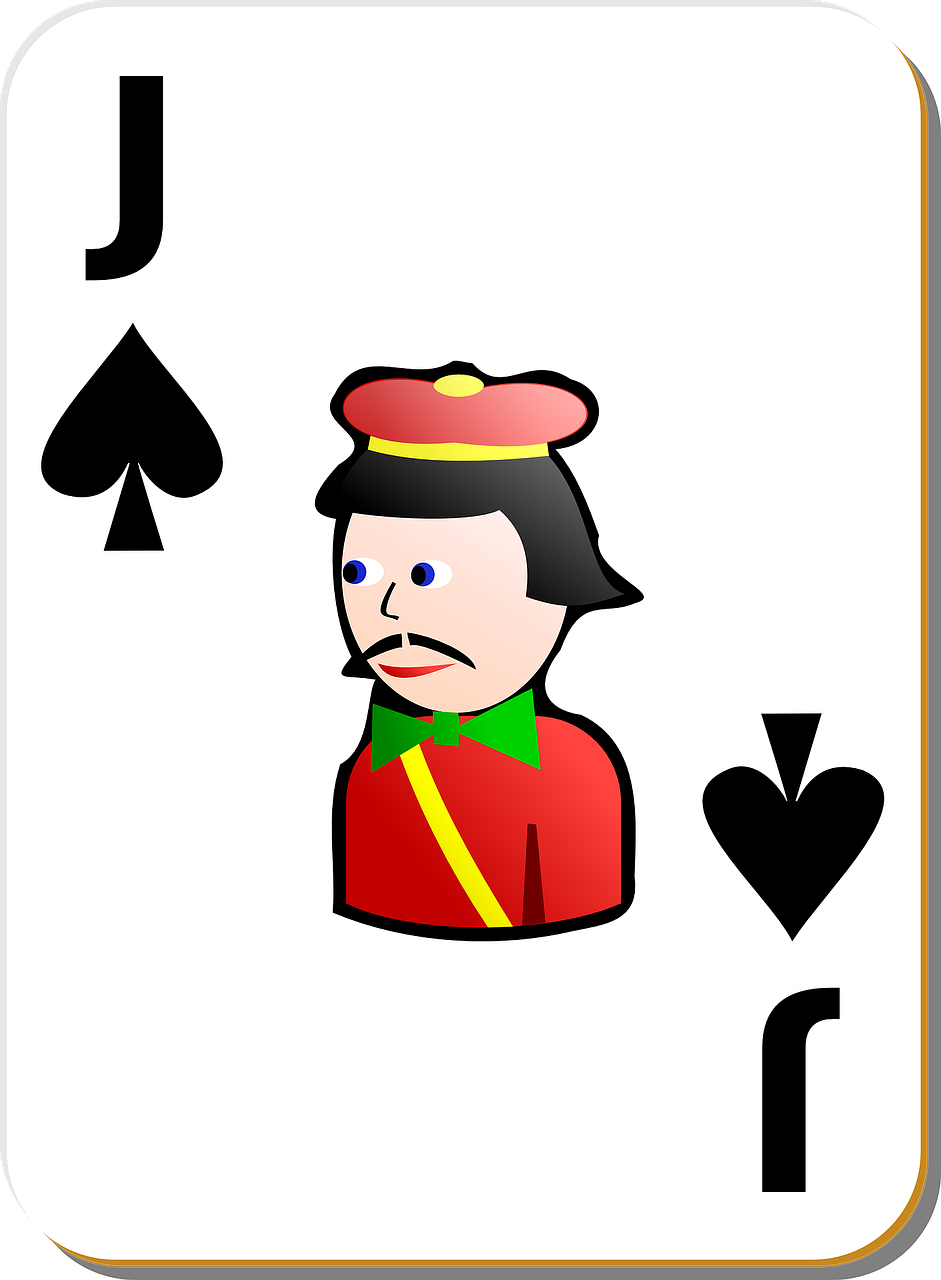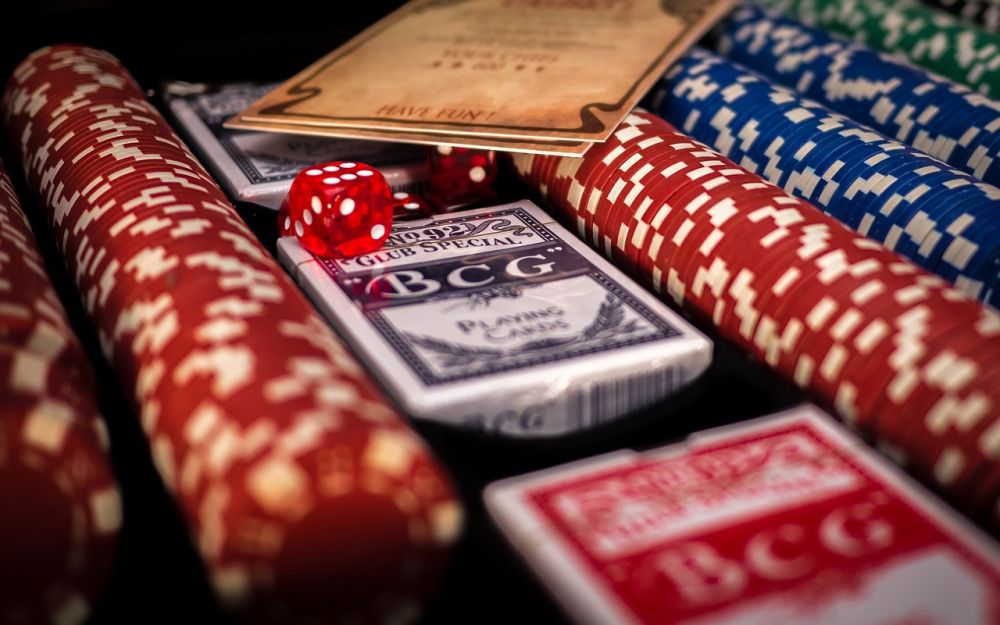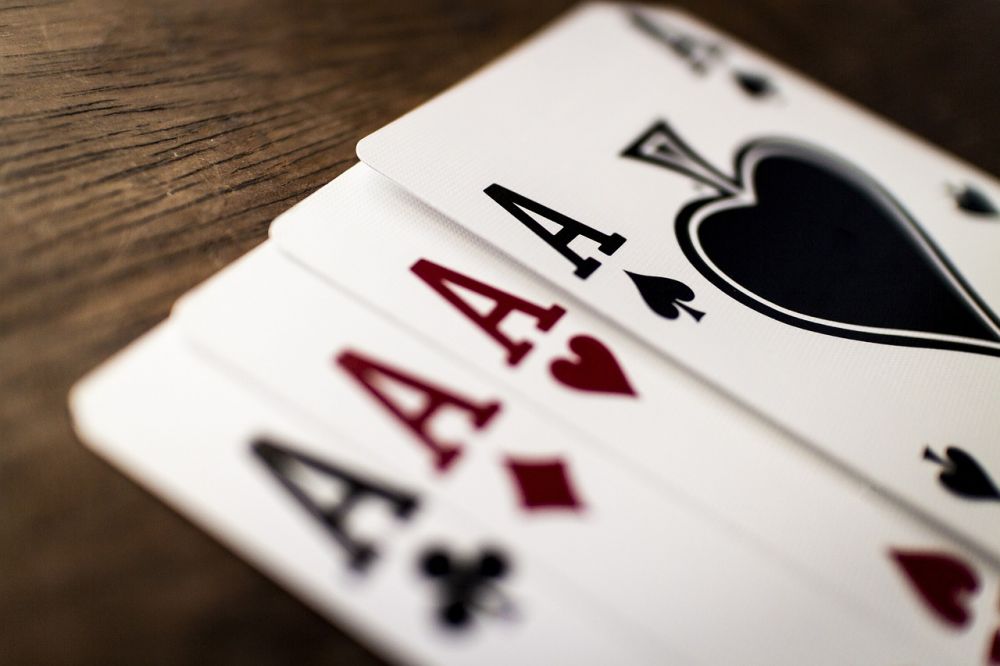Blackjack Counting Cards: A Comprehensive Guide to Mastering the Game

Introduction:
Are you a casino enthusiast intrigued by the prospects of winning big at blackjack? If so, then understanding the art of blackjack counting cards is crucial. In this article, we will explore the ins and outs of blackjack counting cards and provide valuable insights for those interested in casino games. From its inception to the modern-day techniques, we’ll delve into the historical evolution of blackjack counting cards. So, fasten your seatbelts and get ready to embark on a thrilling journey into the world of blackjack counting cards.
I. What is Blackjack Counting Cards?
Blackjack counting cards is a strategic technique used by players to track the ratio of high to low cards remaining in the deck during a game of blackjack. By keeping track of the cards that have been dealt, players can gain an advantage by adjusting their bets and playing decisions accordingly. This technique allows players to determine the optimal times to bet high or low, increasing their chances of winning.
To master the art of blackjack counting cards, it is crucial to have a clear understanding of the basics of blackjack. The game typically involves a player competing against the dealer, aiming to achieve a hand value as close to 21 as possible without exceeding it. Through a combination of skill, knowledge, and strategic thinking, players can improve their chances of beating the dealer and winning big.
II. The Historical Evolution of Blackjack Counting Cards:

A. Origins of Card Counting:
Card counting in blackjack can be traced back to the early 1960s when mathematician Edward O. Thorp developed the first rudimentary card counting system. In his book “Beat the Dealer,” Thorp introduced the concept of tracking the ratio of high to low cards in the deck. This groundbreaking work laid the foundation for further advancements in the field of blackjack counting cards.
B. The MIT Blackjack Team:
One of the most prominent chapters in the history of blackjack counting cards is the rise of the MIT Blackjack Team. Formed in the late 1970s, this group of students and alumni from the Massachusetts Institute of Technology used advanced card counting techniques to win millions of dollars from various casinos. Their exploits were immortalized in the book “Bringing Down the House” by Ben Mezrich, which later served as the basis for the movie “21.”
C. Advancements in Technology:
As casinos became aware of card counting strategies and started implementing countermeasures, players had to adapt their methods. With the advent of technology, blackjack counting cards evolved further. Nowadays, players can utilize software and smartphone apps to assist them in counting cards discreetly, adding a new dimension to the game.
III. How does Blackjack Counting Cards Work?
To effectively count cards in blackjack, players assign a value to each card. The most common card counting system is the Hi-Lo method, which assigns a value of +1 to low cards (2-6), -1 to high cards (10-Ace), and 0 to cards in the middle range (7-9). By keeping a running count of the cards as they are dealt, players can estimate the remaining high or low card ratio.
When the count favors high cards, players increase their bets, as the likelihood of getting blackjack or a favorable hand is higher. Conversely, when the count favors low cards, players decrease their bets or even refrain from betting altogether, as the odds are less favorable. By adjusting their bets based on the card count, players gain an edge over the casino.
IV. Legalities and Ethics of Blackjack Counting Cards:
It is crucial to mention the legal and ethical aspects of blackjack counting cards. While not illegal in most jurisdictions, casinos frown upon card counting and may ban players caught using this technique. It is essential to remember that card counting requires skill, practice, and discretion. Players should adhere to casino rules and regulations to ensure fair play and maintain the integrity of the game.
Conclusion:
As we conclude our exploration of blackjack counting cards, we hope this article has provided you with valuable insights into this fascinating technique. Understanding the fundamentals of blackjack, the historical evolution of card counting, and its practical implementation is vital for anyone looking to maximize their chances at the blackjack table. Remember, practice makes perfect, so hone your skills, embrace the challenge, and enjoy the exhilarating experience of blackjack counting cards at your favorite casino. Good luck, and may the cards be ever in your favor!
References:
1. Thorp, Edward O. “Beat the Dealer: A Winning Strategy for the Game of Twenty-One.” Vintage, 1966.
2. Mezrich, Ben. “Bringing Down the House: The Inside Story of Six MIT Students Who Took Vegas for Millions.” Free Press, 2003.





